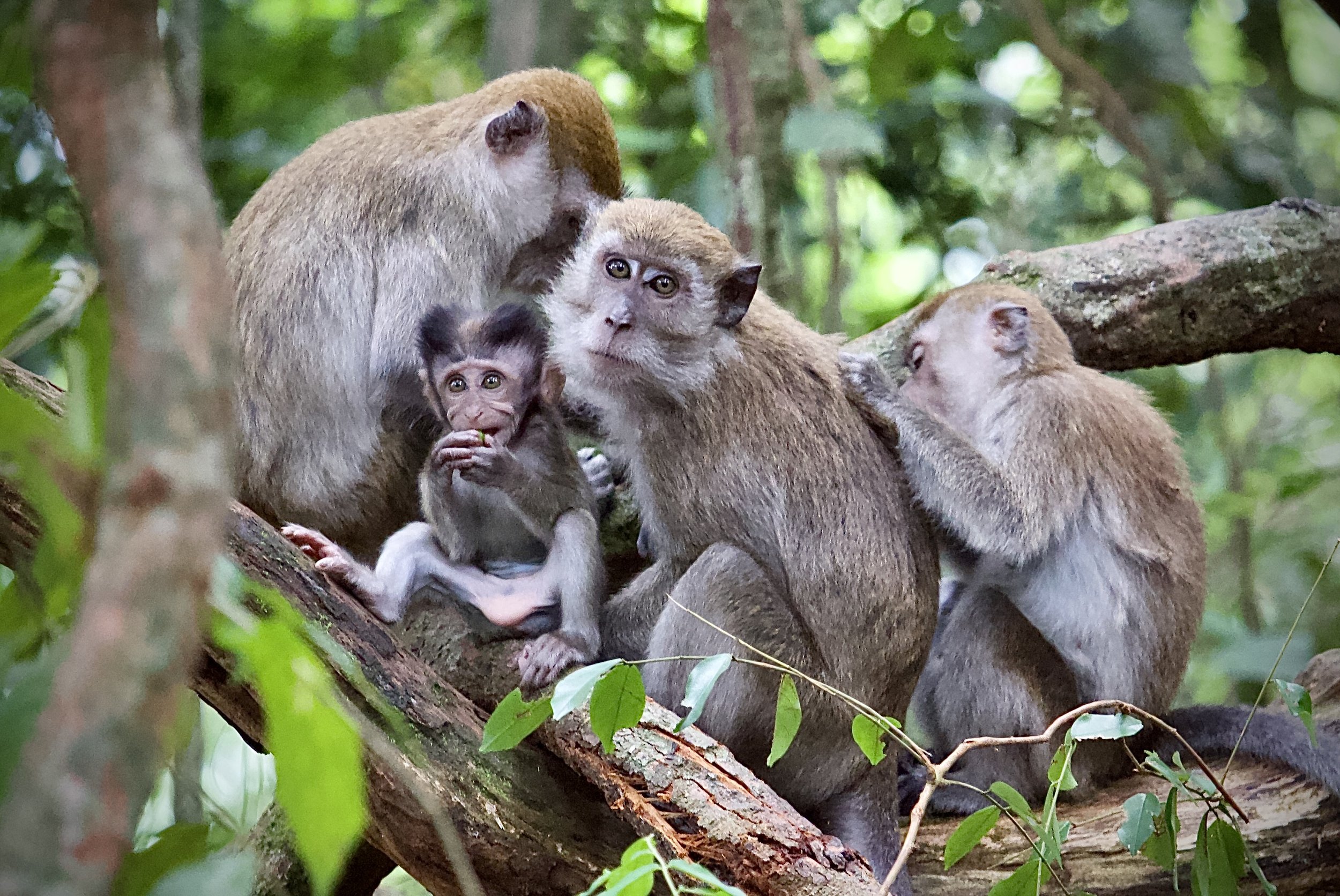INTERVIEW WITH KAPULEI FLORES BY SELINA ARIAS
IMAGES BY KAPULEI FLORES
“For me as an Indigenous person, as a Kanaka Maoli, protecting the sacred is a part of my everyday life...”
Kapulei Flores is a Kanaka Maoli photographer from Waimea on the Moku o Keawe, or Hawai’i Island, and a recipient of the Photographers Without Borders 2023 Revolutionary Storyteller Grant. Through her project and accompanying exhibit, “From One End of the Hawaiian Archipelago to the Other,” Kapulei pays respects to the connections between Kanaka Maoli, or Native Hawaiians, and their manu, or native birds, from across the islands of the Hawaiian Archipelago, from Hōlanikū to Hawai’i Island.
After their recent exhibit, we spoke with Kapulei about their role as a Kanaka Maoli storyteller who embodies aloha ‘āina, or loving and protecting the land. While settler colonialism continues to impact the Hawaiian islands, Kanaka Maoli continue to steward and protect the land they are descended from. Telling their stories from their own perspectives, as Kapulei does, is a part of this process of protecting the sacred.
To help me contextualize your project, can you help me understand what is most relevant in terms of your lineage as Kanaka Maoli, and a relative of powerful land protectors?
As a Hawaiian who has been raised in a very cultural family, my connection to ʻāina (land) and culture is tied to everything I do and who I am. I have always been the documentor of my family, making photos as we went to different places, ceremonies, and frontlines. Being raised in these spaces has inspired me to want to get the real stories of my people heard by people who want to know more about Hawaiʻi and what it means to be a Hawaiian in Hawaiʻi during these times.
Can you share more about the impact of tourism in Hawai’i and how this is tied to settler colonialism?
Hawaiʻi has been used for profit by foreigners since they first touched foot on these lands, from the illegal overthrow of Hawaiʻi, all the way to the present day. For far too many years the government of Hawaiʻi has prioritized tourism and profit over the wellbeing of our local and native people as well as our natural resources. We have seen time and time again where even during environmental and health crises, our government will still prioritize tourism because they are profit driven.
Not only is Hawaiʻi tourism heavy but it is also a hub for the military, with many of our islands being used as target practice throughout the generations. Being bombed, used, and abused so much that they broke the water table on Kahoʻolawe by continuously bombing that island, as well as spilling 27,000 gallons of jet fuel into a water aquifer on Oʻahu in 2021. It is long overdue for our precious natural resources and Indigenous people to be the true priority in Hawaiʻi, before there is no longer a Hawaiʻi left that everyone knows and loves.
What do you consider to be your purpose or role as a photographer and storyteller?
My goal with photography is to show a native authentic perspective of Hawaiʻi, our culture, and my home. I want to showcase not only the struggles and issues sprinkled throughout Hawaiʻi, but also the joys and beauty of being Hawaiian and of where I'm from.
“For far too many years the government of Hawaiʻi has prioritized tourism and profit over the wellbeing of our local and native people as well as our natural resources. It is long overdue for our precious natural resources and Indigenous people to be the true priority in Hawaiʻi.”

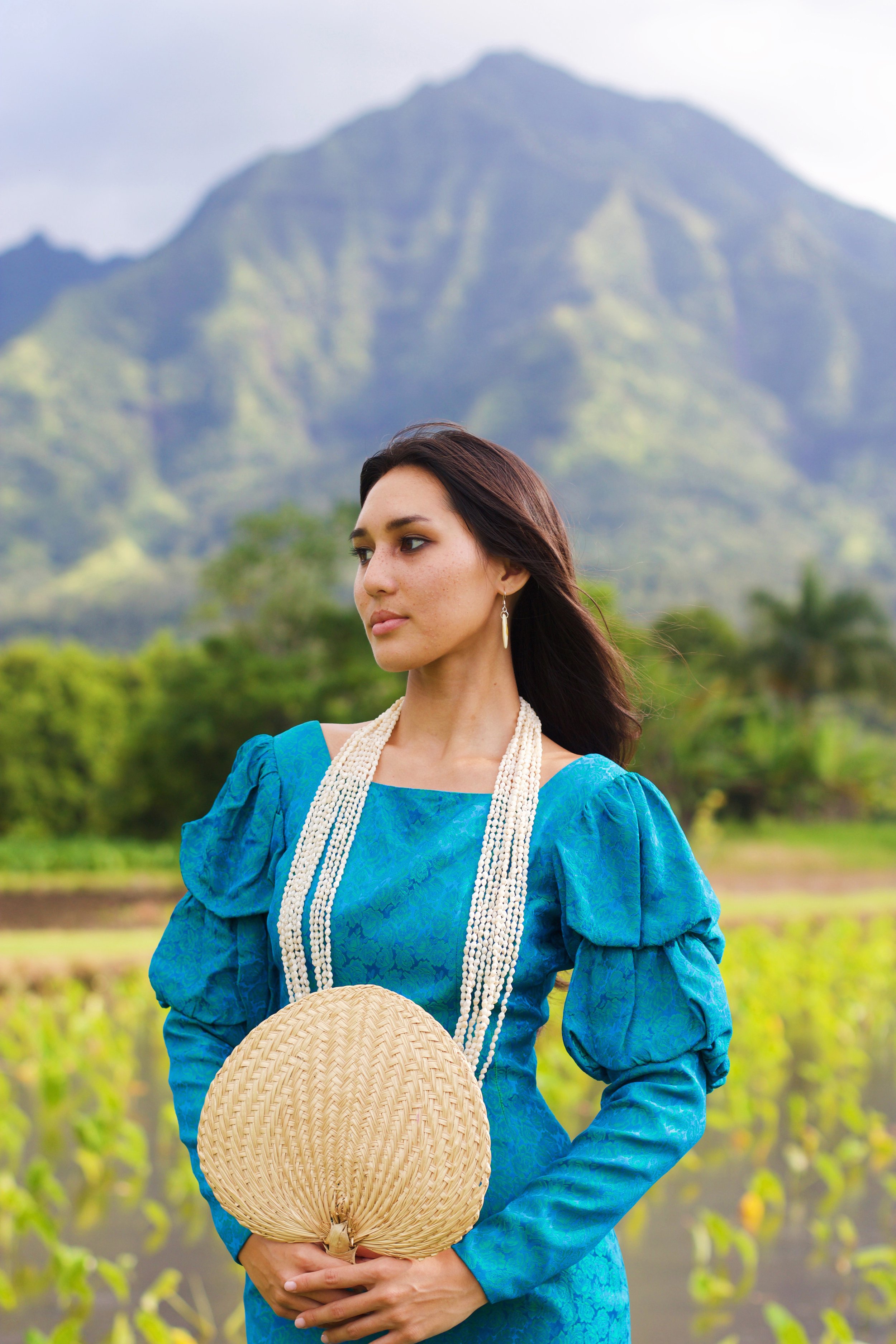
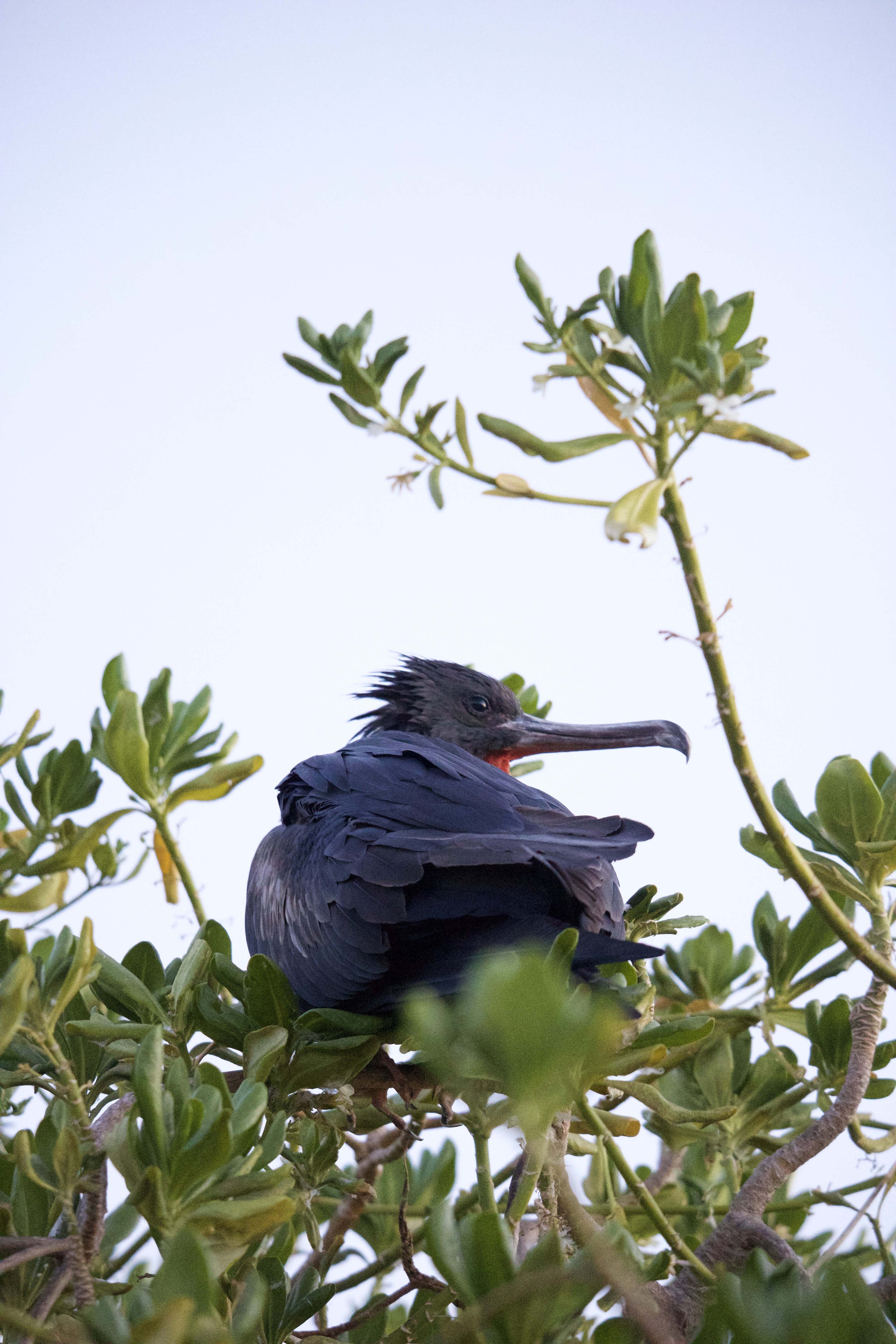

What is the connection between how manu learn from their families, and how you have learned from your own family?
There are many aspects and characteristics about birds that are just an automatic reflex and innate knowledge for them, but the rest of what they know comes from watching their parents. Manu are a prime example of learning through watching, through experiencing things and observing those around them. So much of what I have learned throughout my life has been from watching the examples my family has raised me with. By seeing the way they go through life and learning what I will need to navigate life, much like a young manu learning from their parents before they are old enough to go on their own.
Some of my favorite images in this project are of the hula dancers, and how you speak on the parallel between how both pairs of manu and hula dancers move in sync with their partners. You also mention in that the dancers are depicting the he'e nalu, or the surfers. Is there a connection between all of these elements, the dancers, the surfers, the manu?
A key aspect of Hawaiian culture is to kilo, observe your surroundings in a way that will help you eb and flow with life around you. In hula, in surfing, and as a manu, you're constantly aware of your surroundings in order to be able to adjust at any moment's notice or change. You learn to go with the flow of your environment and situations, moving in unison with their counterpart. Observing my surroundings and using that to navigate life has been a constant throughout my life and something I noticed throughout the life cycles of the manu I was able to witness on Hōlanikū.
“Here in Hawaiʻi everything is so connected from the smallest native plants to the tallest of mountains like Mauna Kea, all of these aspects and elements make Hawaiʻi so special. ”
In this exhibit, you beautifully showcase the connection between the manu and the art of hula. You also reference the connection between the ways of the manu and the oli, or chants, you learned throughout your life. Can you provide an example, or tell us more about the connection you observe between the manu, the hula, and the oli?
From the movements of the manu to the sounds they make, so many of their characteristics can be seen in translation through hula and oli. While on Hōlanikū I was able to witness up close the ways our manu move and interact with the world around them. The way manu glide in the wind, holding their pose in such strength can be compared to the strength and endurance it takes to dance hula and showcase all the motions accurately. When it comes to the visual appearance of manu, their graceful movements and motions are also mimicked in the flow of hula.
Something that I never experienced until Hōlanikū is what it truly sounds like to be amongst a bird colony, to truly hear what it's like to be one of them. Their distinct and loud calls have inspired specific chanting styles in Hawaiʻi as well as the power and sound of a group chanting together.
Can you share more with us about your intention behind using your native language rather than using English throughout much of the exhibit?
As I have gotten older I have gained a deeper understanding of the importance of our native language and keeping it alive in this ever growing modern world. Like many Indigenous people around the world, our Hawaiian language was banned and our kūpuna (ancestors, elders) were beaten for speaking the language and continuing our Hawaiian practices. Through the strength of our people across many generations our language has had a revitalization where it is much more intertwined in daily life than it has been for a while.
With my project, I wanted to normalize the integration of Hawaiian within the normal English language. There are just some words that only truly encompass something when it's said in its native language. When it came to the magazine version I made sure to include translations because I knew it would be reaching audiences not familiar with Hawaiʻi and wanted them to be able to understand as well. But when it came to my in person exhibit, my audience was centered around my own people. These are words and phrases that I knew would be understood by people of Hawaiʻi, so I made the decision to not include translations or italicize any of the Hawaiian words included. I did however include a separate key with translations to make sure those who didn't know could still understand.
“In Hawaiʻi there is the term “aloha ʻāina” that has multiple meanings and has been used for generations when referring to taking care of the land. To me and many others it means a love and connection with the land that is so deep you’re willing to put your life on the line to protect and preserve it.”
How has your experience as an Revolutionary Storytelling Grant recipient impacted you as a visual storyteller?
Through this project I have had the ability to bring my vision to life with the creative freedom and support from Photographers Without Borders. I had the ability to tell my story the way I saw fit as well as be able to include my community throughout the process. Having funding made it possible to not only involve members of my community throughout, but to also be able to pay them for their crafts, time, and role in this project.
I am beyond thankful to have my community be so intertwined, from the models, to those who created the lei and adornments used in the photoshoots, all the way to the location of my in-person exhibit.
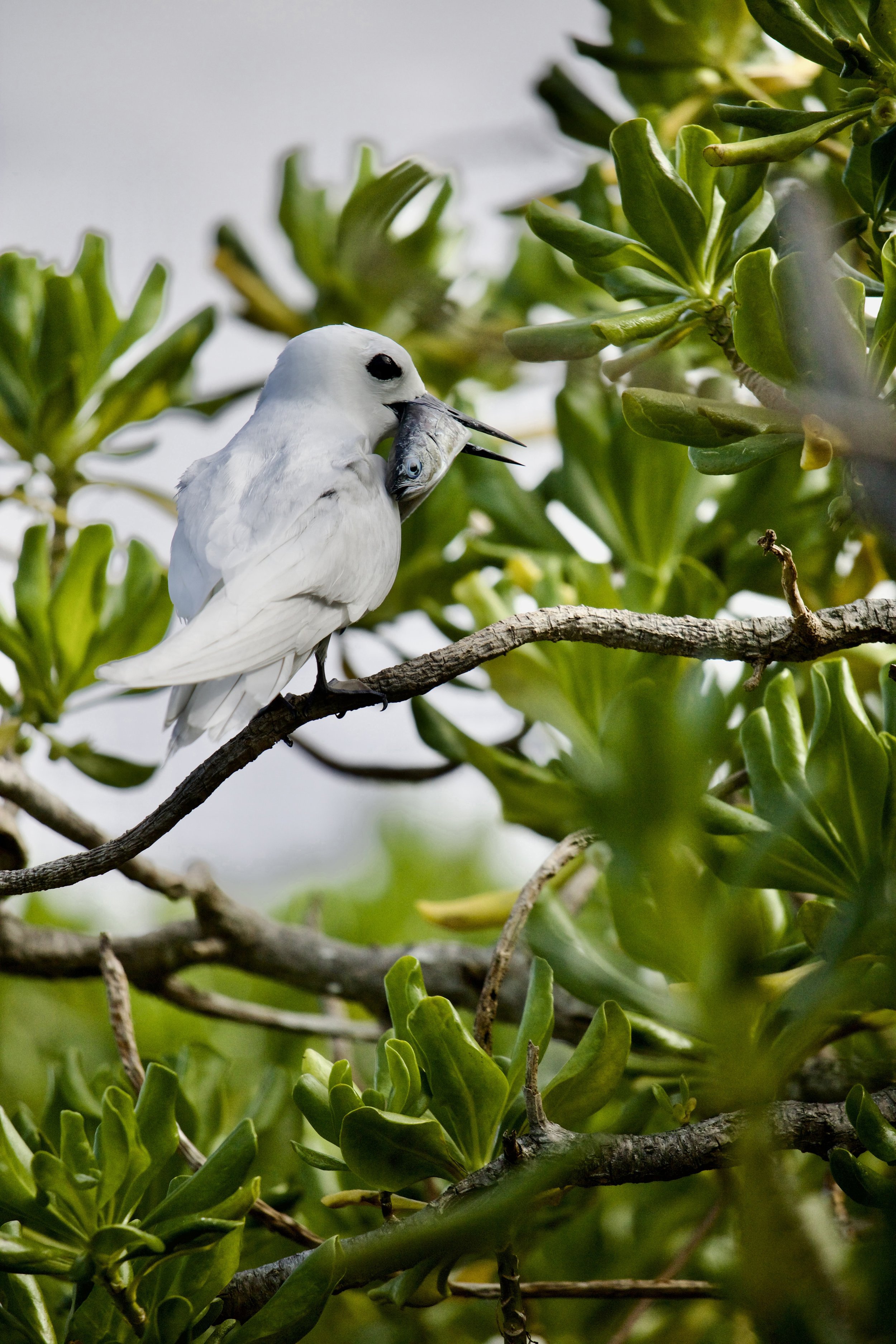
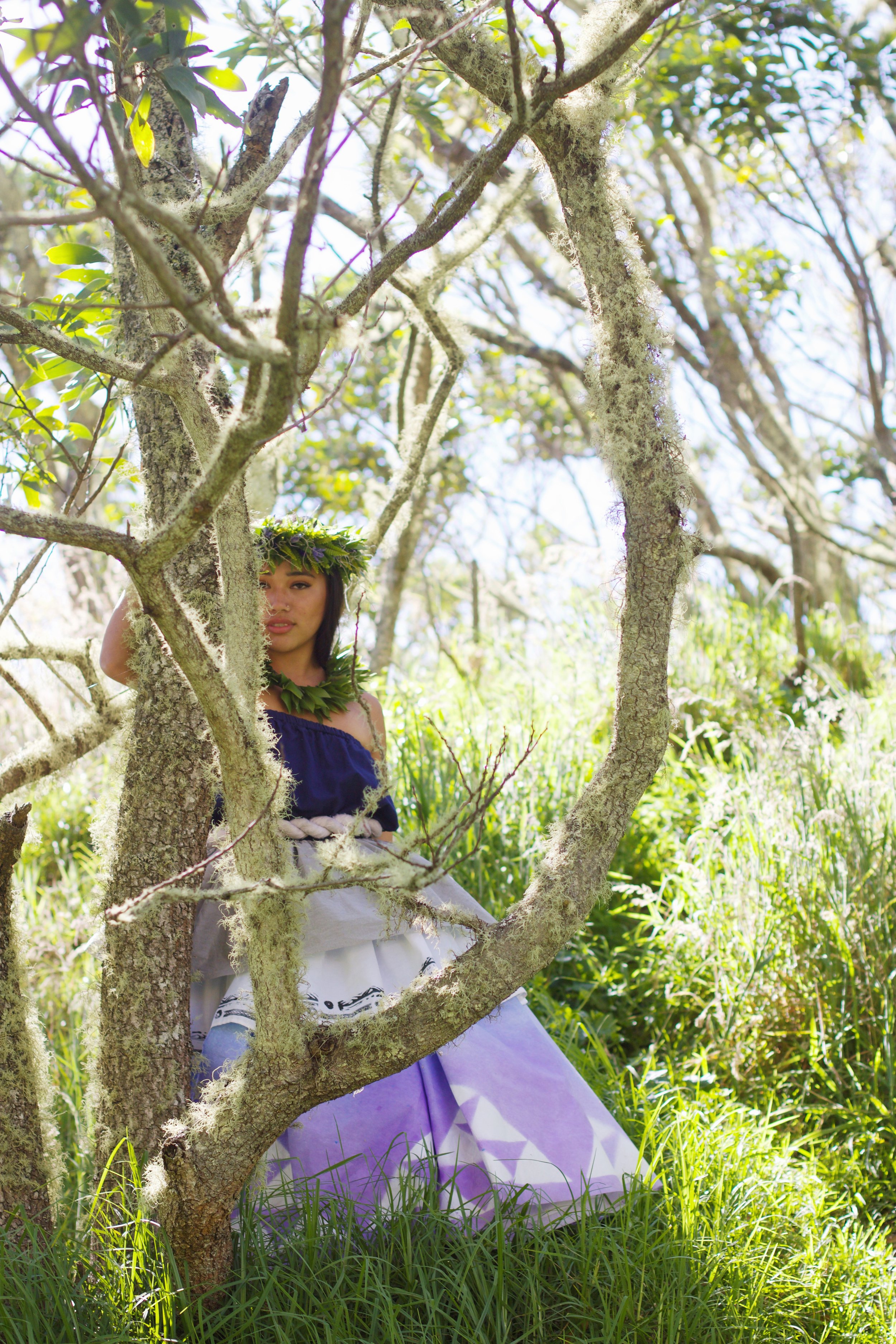
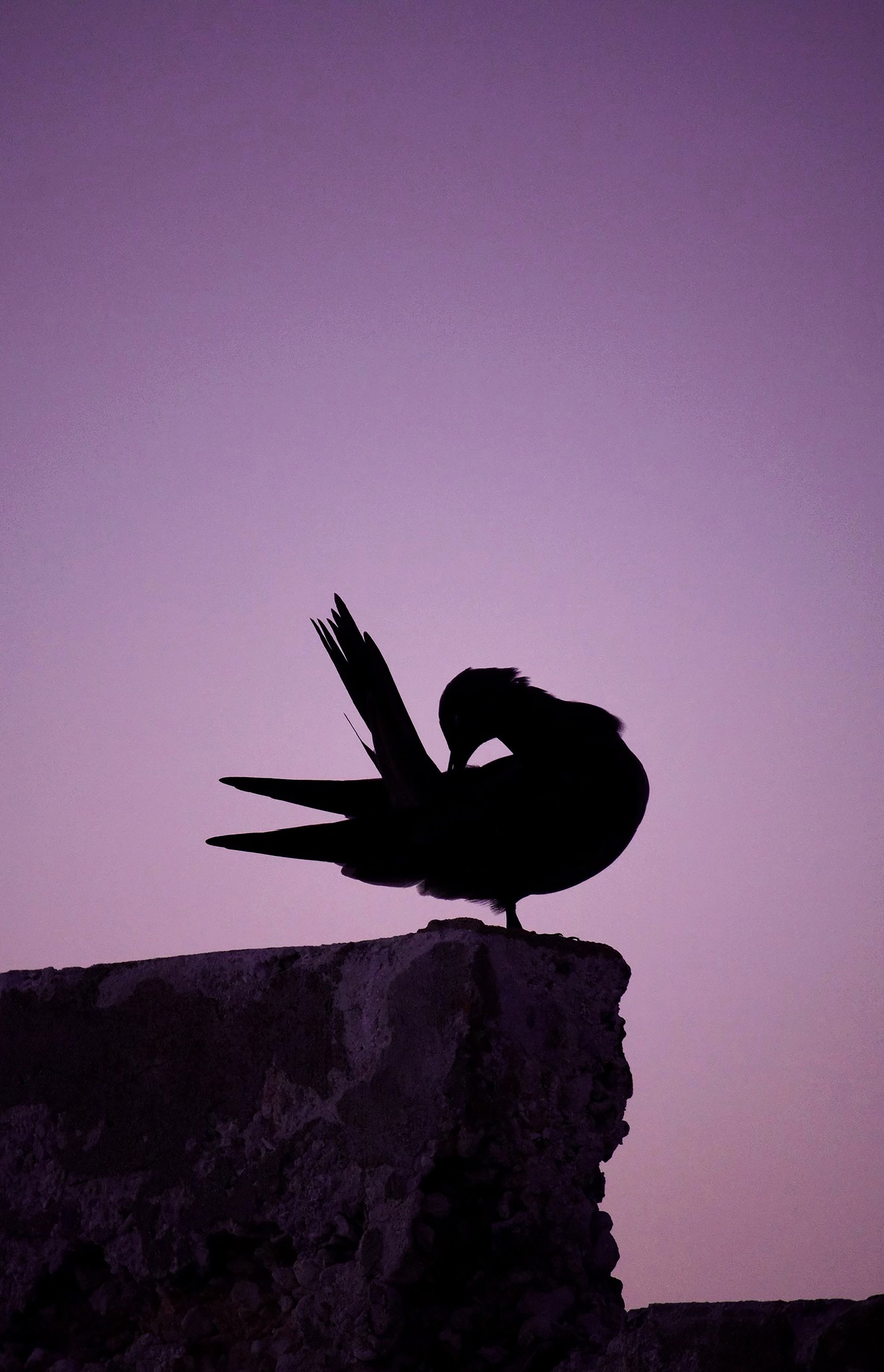
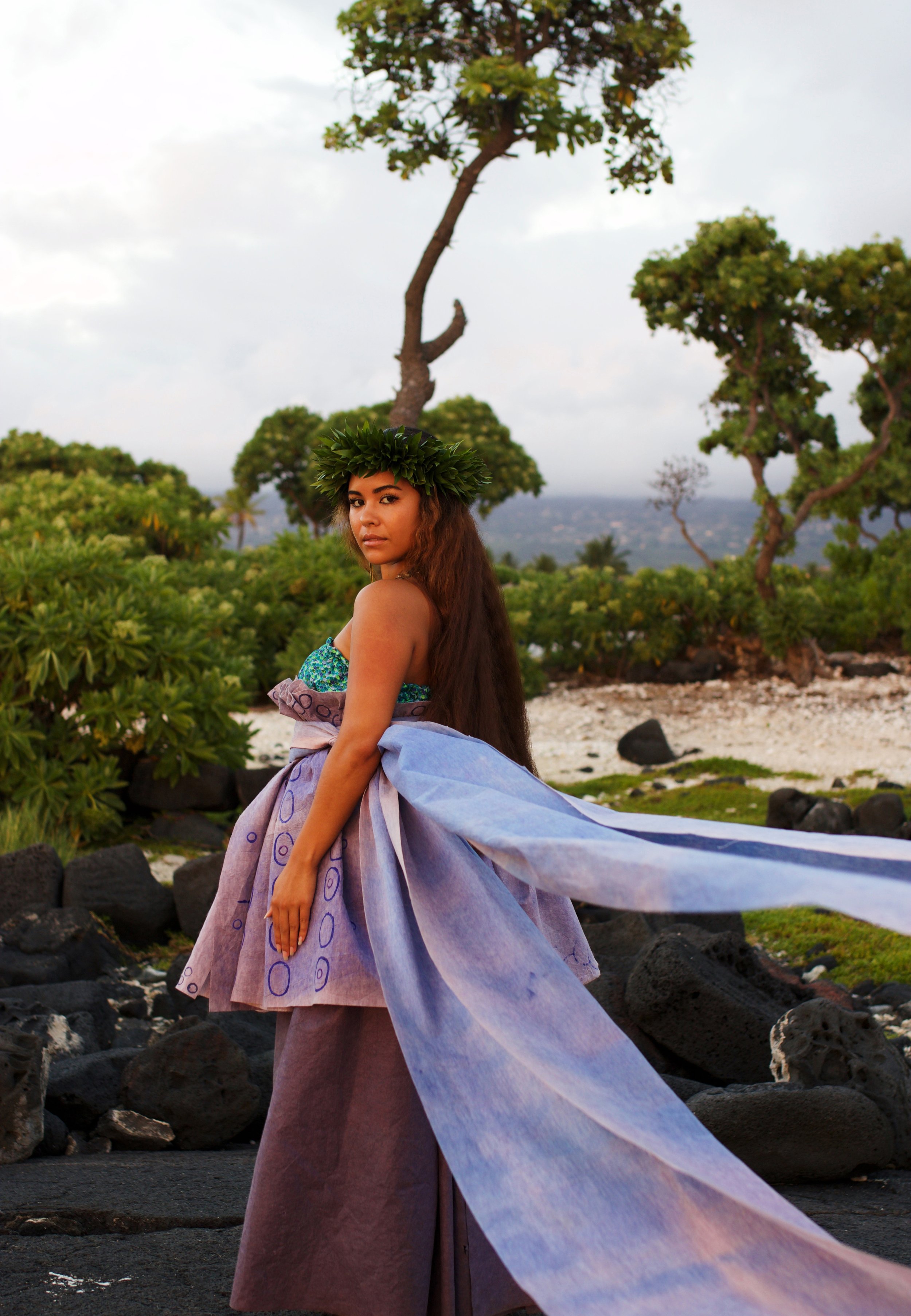
In your words, why is it important for Kanaka Maoli to be the ones sharing their own stories, rather than foreigners telling your stories, especially given that Hawai'i is stolen land?
Oftentimes what is said and written about Hawaiʻi is coming from a foreign outside perspective, which is why I strive to tell the stories of Hawaiʻi from a Native perspective. One of the most important things I've learned throughout the years is how vital it is to get our native voice and perspective shared in the forefront. What is often taught outside of Hawaiʻi regarding our history to present time is but a mere glimpse of who we are and usually from a foreign perspective. I think it would help people better understand us if people took the time to listen to our history, issues, manaʻo (thoughts), and how life is like in this modern world for us as Native people on our land.
Something that many Indigenous and Native people around the world can understand is how connected we are as a people and culture to the land we come from. As Hawaiians we genealogically come from our ʻāina (land), therefore our connection and responsibility to these places that raised us goes through generations and is the fuel that feeds our desire to protect and preserve our home for the generations to come.
“I think it would help people better understand us if people took the time to listen to our history, issues, manaʻo (thoughts), and how life is like in this modern world for us as Native people on our land. ”
What does "protecting the sacred" mean to you?
For me as an Indigenous person, as a Kanaka Maoli, protecting the sacred is a part of my everyday life. Here in Hawaiʻi everything is so connected from the smallest native plants to the tallest of mountains like Mauna Kea, all of these aspects and elements make Hawaiʻi so special. To me protecting the sacred is protecting the ability to be Indigenous and cultural in the spaces I come from. That includes protecting and preserving our sacred places and resources in order for us as Indigenous people to thrive and live in a symbiotic relationship with our ʻāina (land) as we are meant to.
In Hawaiʻi there is the term “aloha ʻāina” that has multiple meanings and has been used for generations when referring to taking care of the land. To me and many others it means a love and connection with the land that is so deep you're willing to put your life on the line to protect and preserve it. It is honoring our kūpuna who have come before us while also trying to protect and perpetuate what it means to be Indigenous in this time.
This story was created with our Revolutionary Storyteller Grant, which would not be possible without the support of Aēsop. For more of Kapulei Flores’ photography, visit her website.
Quotes have been edited for accuracy and concision.







